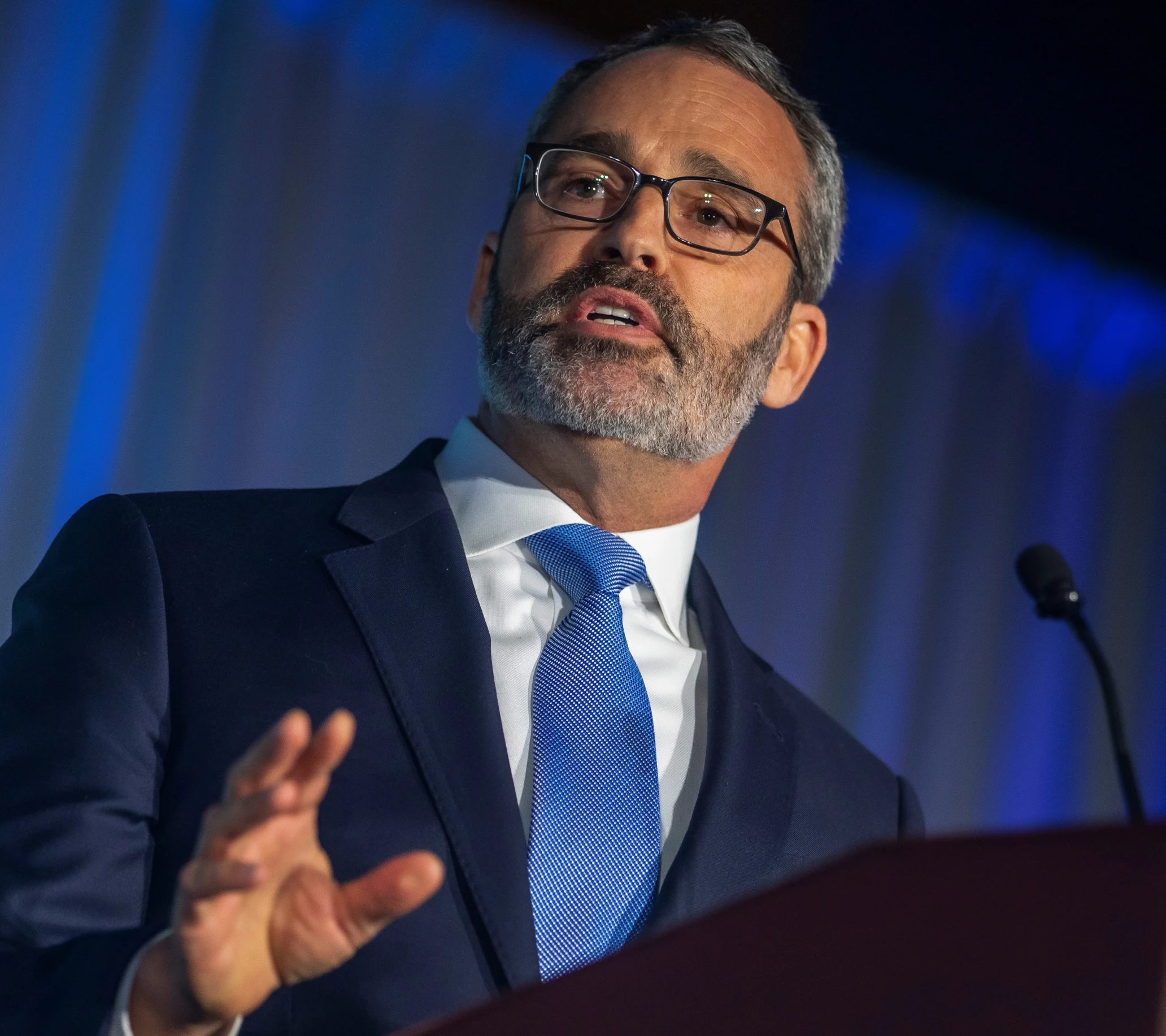A challenge for the new decade
At the start of this new decade, I thought it would be fitting to publish my call to action to the land trust community to markedly increase the rate of land conservation from 1 million acres a year now to at least 10 million acres a year by 2030. This was the crux of my keynote address at the Welcoming Dinner at Rally last fall and a theme you will hear much about in the decade ahead.

If the land trust community were to meet this audacious goal, just how many additional conserved acres are we likely to see by the end of this decade? It's impossible to calculate an exact number, but here's a good rule of thumb: Our community needs to accomplish as much this decade as it did over the past 30+ years. Based on the Alliance's National Land Trust Census (the most recent of which measured the nation's land trust accomplishments through 2015), our community has protected more than 56 million acres. The bottom line: We need do that again over the next 10 years.
There are many reasons why we need to protect so much land over the next decade. At the most basic level, we face what I call "the time value of conservation." We simply have to conserve undeveloped land while it remains available and hasn't been converted to other uses.
In my speech, however, I focused on two other specific reasons: We need to protect a large network of lands to prevent a dramatic loss of biodiversity, and we need to conserve and restore lands at scale to help mitigate climate change. Granted, these are only two of many motivations that power the land trust community and there are many more, including a drive to protect working farms, ranches and forestlands and a passion to provide urban parks for human recreation. Whatever the impetus for land conservation work, I return to the premise that land is the answer.
My point in focusing on the intertwined biodiversity and climate crises — and the land trust community's unique capacity to address them — was to illustrate the need to greatly increase the rate of land conservation in the United States, in part because we now have acreage estimates of just how much land we need to protect to adequately address those crises. I also focused on those motivations for conservation because they are likely to resonate with the millions of people we need to reach and bring into the land conservation community, particularly young people and residents of urban areas. Related to this point, if we make our case effectively, potentially vast financial resources will be available to land trusts and landowners as they monetize the carbon sequestration capacity of the lands they manage and increase their holdings.
This is all to say that it's a smart thing for land trusts to highlight how conserved natural and working lands mitigate climate change and provide wildlife habitat. And many land trusts may also want to highlight that it's the right thing to do, given our moral imperative to protect the biosphere. But, in the end, no land trust is compelled to make either argument, especially in parts of the country where the topic of climate change, or the role of humans in causing it, remains controversial. Nonetheless, if you are conserving land and managing it well, you are part of the solution to the biodiversity and climate crises.
My hope is that my speech will fill you with pride for what the land trust community has achieved to date and what it has to offer humanity and the natural world going forward. As I emphasized in my speech, the Alliance is here to find and deliver the resources that land trusts need to protect lands that provide wildlife habitat, recreational opportunities, abundant food and fiber, clean water, carbon sequestration and many other essential ecosystem services. No matter what motivates your land trust to do its conservation work, we're here to take that work to a totally new level.